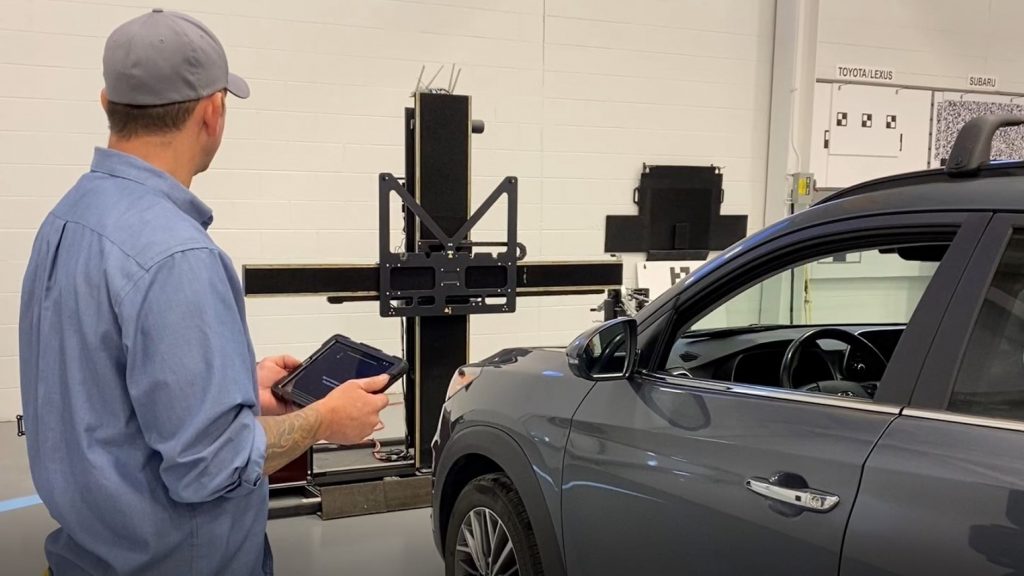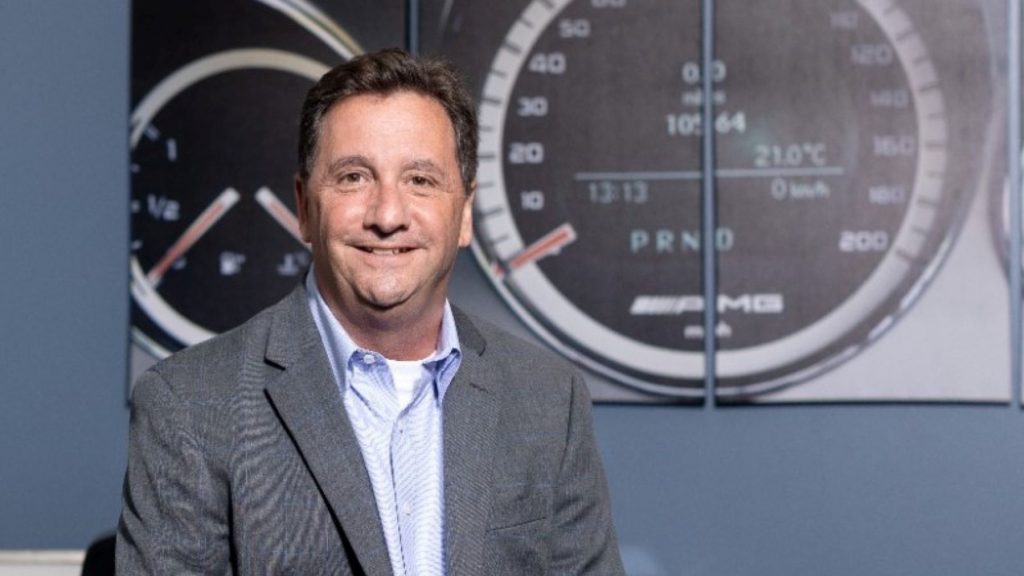
Burke Porter Group (BPG), a leading global supplier of automotive OEM end-of-line testing and diagnostic solutions, today announced the creation of a new aftermarket unit led by industry veteran Doug Kelly that expands the market opportunities for its ADAS (advanced driver assistance system) calibration business.
New cars are loaded with technology focusing on driver assistance including automatic emergency braking, lane departure warnings, and collision avoidance systems, but company executives say that the aftermarket repair industry lacks an understanding of how to put these safety systems back together and calibrate them properly to verify they’re working after a crash repair. This is what makes getting the ADAS aftermarket up to speed so important.
Kelly will lead the unit looking to fix the fragmented and immature ADAS aftermarket that leaves drivers vulnerable to a host of potential safety issues, reporting to CEO Jeffrey Moss.
“We have been calibrating and verifying ADAS at factories around the world for decades, and we recognize that the automotive aftermarket needs the same tools and technology,” said Moss. “We are entering the aftermarket as a B2B supplier supporting dealerships, collision shops, auto repair shops, and other businesses to properly validate critical safety systems as part of the repair and resell process.”
Kelly aims to leverage the company’s global OEM end-of-line leadership position to establish strategic partnerships with key industry stakeholders in the ADAS market segment as the complexity and challenge of servicing the new technologies and safety features increase exponentially.
“Burke Porter is uniquely positioned to serve the automotive aftermarket industry with its patented technology and decades of experience in OEM end-of-line vehicle calibration and testing,” said Kelly, President of Aftermarket Automotive at Burke Porter. “With the backing of AEA Investors, the company is poised to capitalize on the growing need for ADAS calibration solutions…”
Jump-starting industry recognition
The challenge for the repair industry is that ADAS technology is in the front grille, bumper, and fenders, and those are the things that are being hit in crashes, Kelly told Inside Autonomous Vehicles. Once repaired, not enough emphasis is being placed on making sure the systems function as intended.

“Unfortunately, in the collision segment, there still isn’t a strong recognition that this [calibration] procedure is even needed,” he added. “That’s getting better, but a large percentage of vehicles are still leaving repair shops not having been calibrated at all.”
He estimates that “we’d be lucky if a third of the cars today are being calibrated,” which means that most cars are leaving repair shops with systems that might not function at all.
“Our goal is to change that, to work with key industry stakeholders to bring to market high-throughput centers that can basically guarantee an OEM result, determine upfront exactly what’s needed, and then verify post calibration what’s been done,” said Kelly.
He emphasized that cycle time and throughput must be improved because “once the market wakes up and understands the need, there won’t be the capacity based on the way it’s being done today to accommodate that.”
Delivering an OEM experience
Kelly is hoping to build upon the experience that sees 44 million vehicles a year that already go across Burke Porter’s end-of-line testing equipment and the company’s leading positions in the Americas, Europe, and Asia when it comes to ADAS calibrations in the factory.
“If you want to operate and deliver an OEM result, you need to follow certain steps and procedures, and the good news is, with Burke Porter, they’ve done that for decades at the factory,” said Kelly. “Applying that to the aftermarket means coming up with a system and a process more than just a target.”
The main problem the company is trying to solve is simplifying the entire process across all manufacturers “so that you don’t need a tech with 30 years of experience trying to calibrate a vehicle. Our goal is to simplify so that a lower-skilled tech can repeatedly and consistently deliver an OEM result in a much quicker timeframe.”
Burke Porter’s intent is not just selling equipment but an end-to-end system, “but equally important is the service component.” It has a number of its own calibration centers for the aftermarket, and that part will continue to grow and be expanded upon, says Kelly.
The company’s solution relies on automation for vehicle calibration that is “much better and faster than most.” Its first-generation solution using wheel clamps and lasers has been replaced with a self-centering system.
While some procedures center the vehicle off body parts, which is a problem for a bunch of reasons, according to Kelly, Burke Porter does everything off the axles, doing “the hard work of creating a database over many years of getting measurements from the wheels.”
While many in the industry originally that ADAS calibration would involve a combination of under-roof and mobile solutions, the practicality of doing mobile calibrations is fairly limited and fraught with technical issues—and it takes a lot of space.
“We’re in the business of calibrating cars and dedicating spaces, whether it’s Burke Porter’s own facilities or working with others to stand up their own facilities,” he said. “We see a need for dedicated calibration operations. They equip the building correctly, they have the right staff, technology, and diagnostic tools.”
Key customers are large rental car companies, fleet operators, auto auctions, and car dealerships.
“You can envision in an auto mall where you have one calibration center and the dealers collectively work with that center to have the work done,” he said.
Getting smarter and quicker
Kelly is hoping the industry gets the message on the importance of ADAS calibration to head off regulation.
“I hear the clock ticking because the consumer’s not going be very happy if they get their Level 3 car back…and it’s suddenly doesn’t recognize something around them, or worse, reacts to something it shouldn’t have like an overpass,” he said.
As the safety stakes continue to increase, Kelly is looking for help to get the message out to educate the repair industry about how the systems operate and how critical they are to a car’s performance.
“We have to get smarter as an industry and quicker,” he concluded. “With your and others’ help, I think we can get there.”

